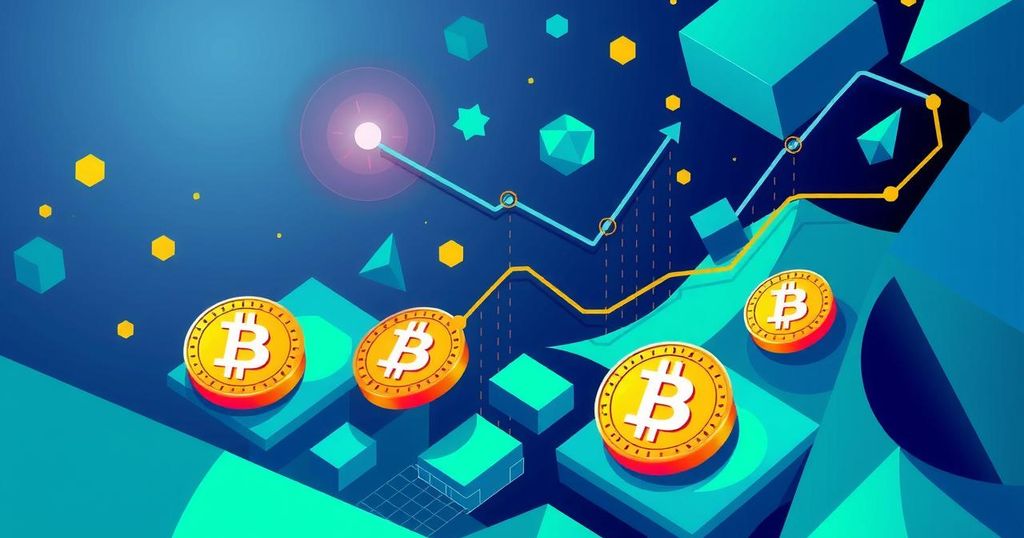This Week in Crypto: Ripple’s Bid for Circle Rejected, Mastercard Expands
Ripple’s bid to acquire Circle for $5 billion was rejected amid mounting interest in stablecoins. Circle is poised for a public listing and controls USDC, a leading stablecoin. In other news, Mastercard launched a stablecoin transaction platform, highlighting the blending of traditional finance and blockchain. Meanwhile, Bitcoin mining costs remain high, prompting firms to seek efficiency and diversification to survive.
This week in the crypto world, Ripple’s ambitious $5 billion bid for stablecoin issuer Circle was swiftly rejected. This offer, which ranged from $4 to $5 billion, came at a time when Circle, the company behind the popular USDC stablecoin—boasting a market cap of $61.7 billion—is gearing up for a public listing. Given the size of Circle’s stablecoin in the market, Ripple’s proposed acquisition seemed ill-fated from the start.
Ripple, known for its XRP cryptocurrency, has been making moves to maintain its relevance in this burgeoning stablecoin market but hasn’t had much success. Their own stablecoin, RLUSD, has a market cap of only about $316.9 million, dwarfed by USDC’s dominance. This disparity highlights the potential advantages Ripple could gain from acquiring Circle—a significant player in the stablecoin space.
The dynamics here are interesting, to say the least. Ripple could offer Circle extensive international reach, claiming 90% of their business activity occurs overseas. This might be appealing for Circle, particularly if they aim to expand outside the US more aggressively. However, the offer didn’t entice Circle enough to start serious negotiations, illustrating that Ripple likely has much more to gain.
Looking at the bigger picture, the stablecoin market appears to be in a phase of consolidation and heightened competition. Major players are vying for control via mergers, acquisitions, and fast-paced innovation. Even Tether has announced plans to launch a stablecoin focused on the US market—further signs that competition is heating up.
Meanwhile, Mastercard announced its own foray into the stablecoin space this week. They’ve launched a stablecoin transaction platform, which makes it possible for consumers to use a debit card for spending stablecoins through a partnership with OKX. This also allows merchants to accept and settle payments in stablecoins, getting real-world utility going beyond just speculative trading.
Jorn Lambert, Mastercard’s Chief Product Officer, emphasised the need to connect blockchain technology with mainstream finance, highlighting benefits like faster transactions and lower fees for businesses. However, there’s still a bit of a roadblock for consumers. The benefits of selecting stablecoins over traditional fiat currency, or even credit cards, are not so clear-cut.
While lower fees may attract merchants, average consumers might find it easier to stick with the familiar, so it’s an uphill battle for broad adoption of spending stablecoins. That said, there could be some tax advantages if users spend stablecoins instead of cashing out their cryptocurrencies, but overall, enthusiasm for stablecoin use remains limited among everyday users.
Shifting to Bitcoin mining, CoinShares recently published a report on the current landscape. Mining a single Bitcoin costs about $82,162, reportedly aligning closely with Bitcoin’s market price. But, when you factor in non-cash costs like hardware depreciation, that figure escalates to around $137,018—leaving many miners at a loss as Bitcoin prices hold steady.
The report noted that operations of various scales are feeling the squeeze. Large firms are finding it tough to turn a profit, and smaller miners face even heftier challenges. As competition rises, miners essentially engage in a zero-sum game; efficiency improvements for one mean losses for others.
In response to these hardships, some firms are diversifying to mitigate risk. Ventures into data centre infrastructures, high-performance computing hosting, and even venturing into AI tasks are on the horizon. The report’s overall sentiment suggests that unless miners possess cutting-edge technology, operate on a considerable scale, and access affordable energy, profitability will remain elusive unless there’s a sudden spike in Bitcoin’s price.
Stay tuned for more updates on all things crypto, as this space continues to evolve rapidly.




Post Comment